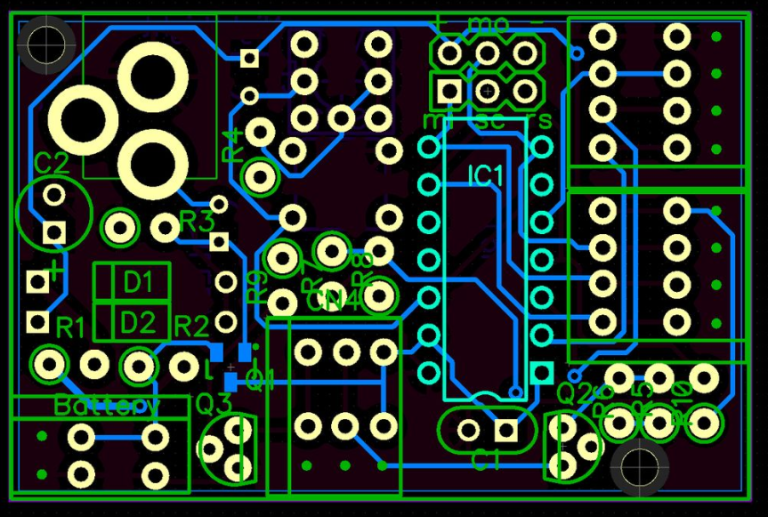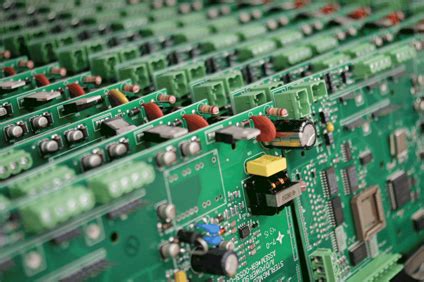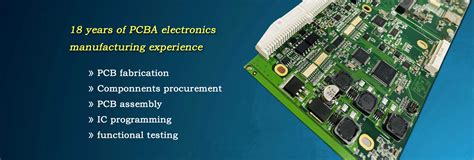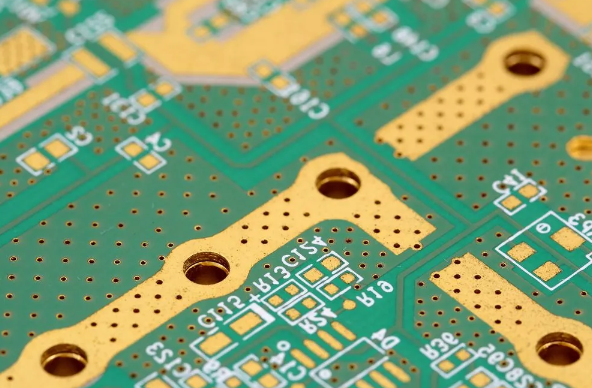Typical PCB Layout Problems and Their Impact
Countless application examples of industrial, scientific, and medical radio frequency (ISM-RF) products demonstrate the vulnerability of printed circuit board (PCB) layout to various flaws. It’s common to observe significant differences in performance between the same IC mounted on two different boards. Variations in operating conditions, harmonic emissions, interference immunity, startup time, and other factors highlight the importance of PCB layout in a successful design.
This article lists various design oversights, explores how each can lead to circuit failure, and provides recommendations for avoiding these design flaws. This article uses a two-layer PCB with FR-4 dielectric and 0.0625-inch thickness, with the bottom layer grounded. The operating frequency ranges from 315 MHz to 915 MHz, with Tx and Rx power levels ranging from -120 dBm to +13 dBm. Table 1 lists some potential PCB layout issues, their causes, and their impact.
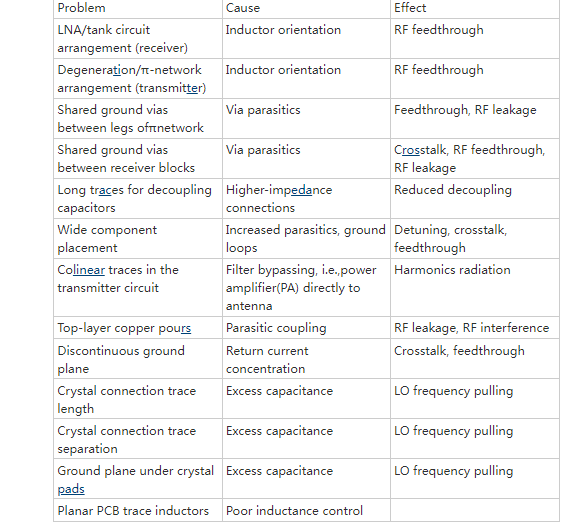
Most of these problems stem from a few common causes, which will be discussed individually.
Inductor Orientation
When two inductors (or even two PCB traces) are placed close together, mutual inductance occurs. The magnetic field generated by the current in the first circuit excites the current in the second circuit (Figure 1). This process is similar to the interaction between the primary and secondary windings of a transformer. When the two currents interact through the magnetic field, the resulting voltage is determined by the mutual inductance LM:

Where YB is the error voltage injected into circuit B, and IA is the current acting in circuit A. LM is very sensitive to circuit spacing, the inductor loop area (i.e., magnetic flux), and the loop orientation. Therefore, the optimal balance between compact circuit layout and reduced coupling is to properly orient all inductors.
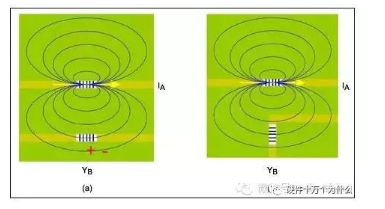
Figure 1. Magnetic field lines show that mutual inductance is related to inductor orientation.
Circuit B is oriented so that its current loop is parallel to the magnetic field lines of Circuit A. To achieve this, the inductors are positioned as perpendicular to each other as possible. Refer to the layout of the low-power FSK superheterodyne receiver evaluation (EV) kit (MAX7042EVKIT) (Figure 2). The three inductors (L3, L1, and L2) on this board are very close together. Arranging them at 0°, 45°, and 90° angles helps reduce mutual inductance.
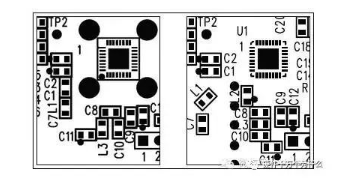
Figure 2. Two different PCB layouts are shown. One layout has an improper component orientation (L1 and L3), while the other has a more appropriate orientation.
In summary, the following principles should be followed:
Inductors should be spaced as far apart as possible.
Inductors should be arranged at right angles to minimize crosstalk between them.


